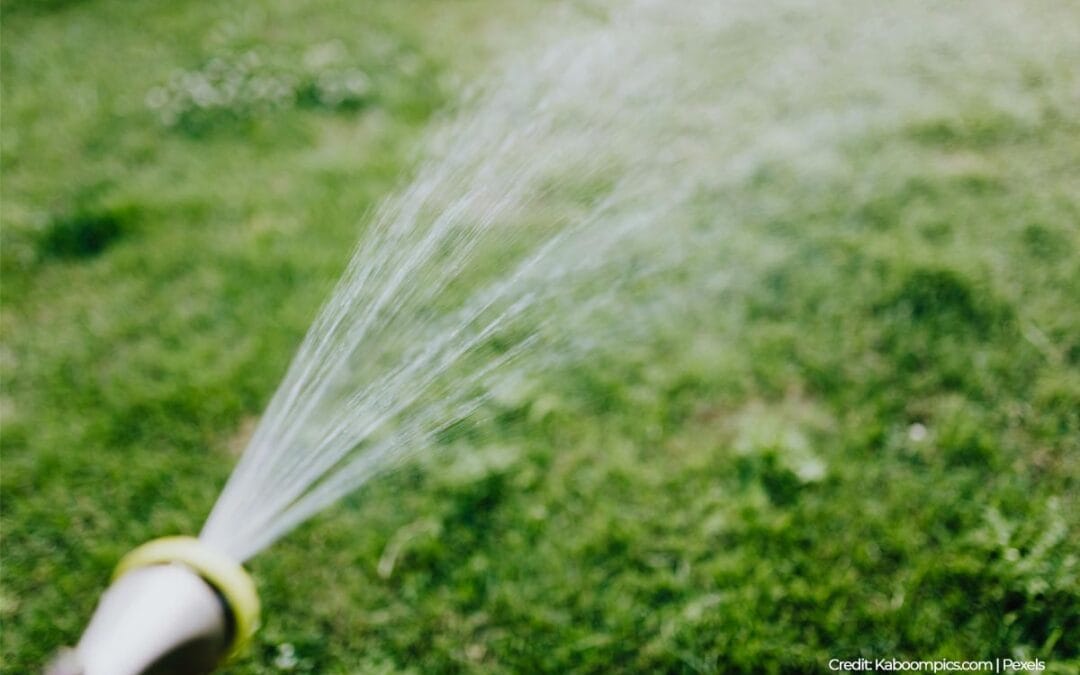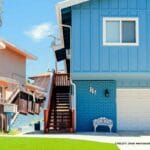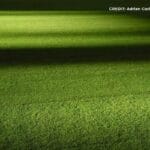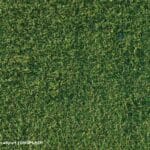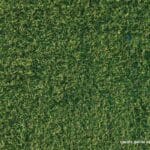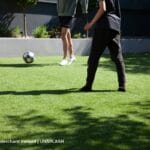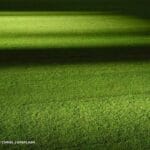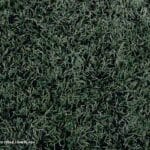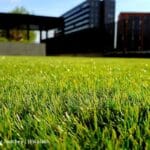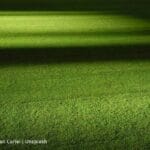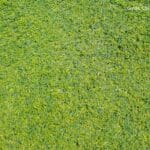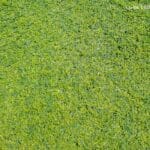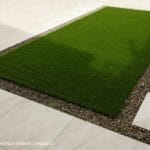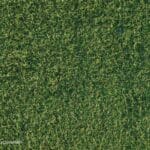Water conservation and environmental sustainability are two critical issues in today’s world. With growing concerns about water shortages and the impact of traditional lawn maintenance on the environment, many homeowners are turning to innovative solutions. Among these, artificial grass has gained popularity as an eco-friendly alternative to natural lawns. This article explores how artificial grass helps save water and promotes sustainable living.
The Water Crisis and the Need for Change
Maintaining a lush, green lawn has long been a hallmark of homeownership, but the environmental cost is significant. Traditional grass lawns require substantial amounts of water to stay vibrant, especially during hot summer months. This demand can strain local water resources, leading to restrictions and higher water bills.
Artificial grass offers a practical solution. Once installed, it eliminates the need for watering entirely, drastically reducing water consumption. In regions where water scarcity is a pressing concern, this feature makes artificial grass an environmentally responsible choice.
The Role of Artificial Grass in Water Conservation
Artificial grass mimics the appearance of natural grass without the maintenance demands. Unlike traditional lawns, synthetic grass stays green without needing to be watered. Homeowners in drought-prone areas like Vancouver are even prone to letting their lawns go dry to avoid spending water. This aspect of synthetic grass is particularly beneficial in arid climates or areas with frequent droughts.
By installing artificial grass, homeowners can:
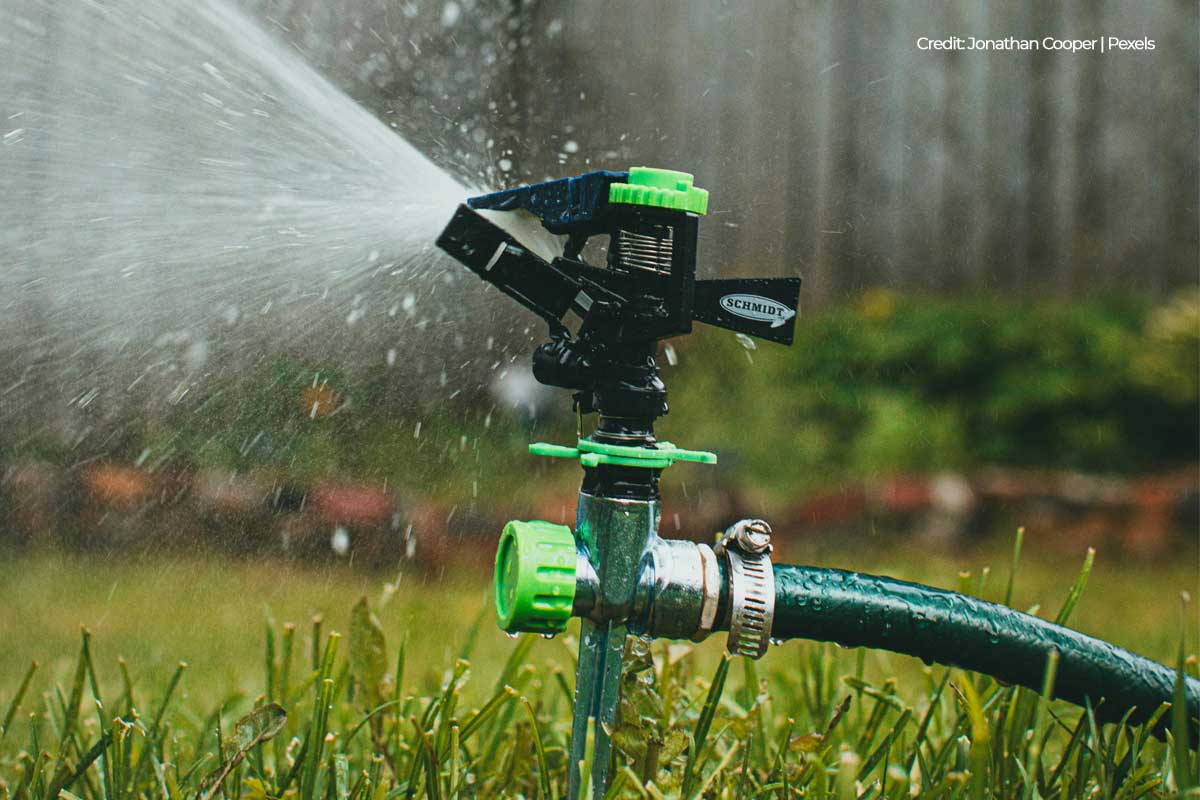
1. Reduce Water Usage
With no need for daily watering, artificial grass conserves significant amounts of water compared to natural lawns.
2. Lower Maintenance Costs
The absence of irrigation systems and water bills reduces long-term maintenance expenses.
3. Support Sustainable Practices
Choosing artificial grass contributes to the global effort to conserve water, promoting a more sustainable lifestyle.
Eliminating the Need for Harmful Lawn Care Products
Maintaining a natural lawn often requires chemical fertilizers, pesticides, and herbicides to ensure its health and appearance. These products can harm the environment, contaminating soil and water sources.
Artificial grass eliminates the need for such treatments. It maintains its lush appearance without the application of chemicals, reducing the risk of harmful runoff into nearby ecosystems. This feature makes it a safer option for households with children or pets and for communities aiming to minimise their ecological footprint.
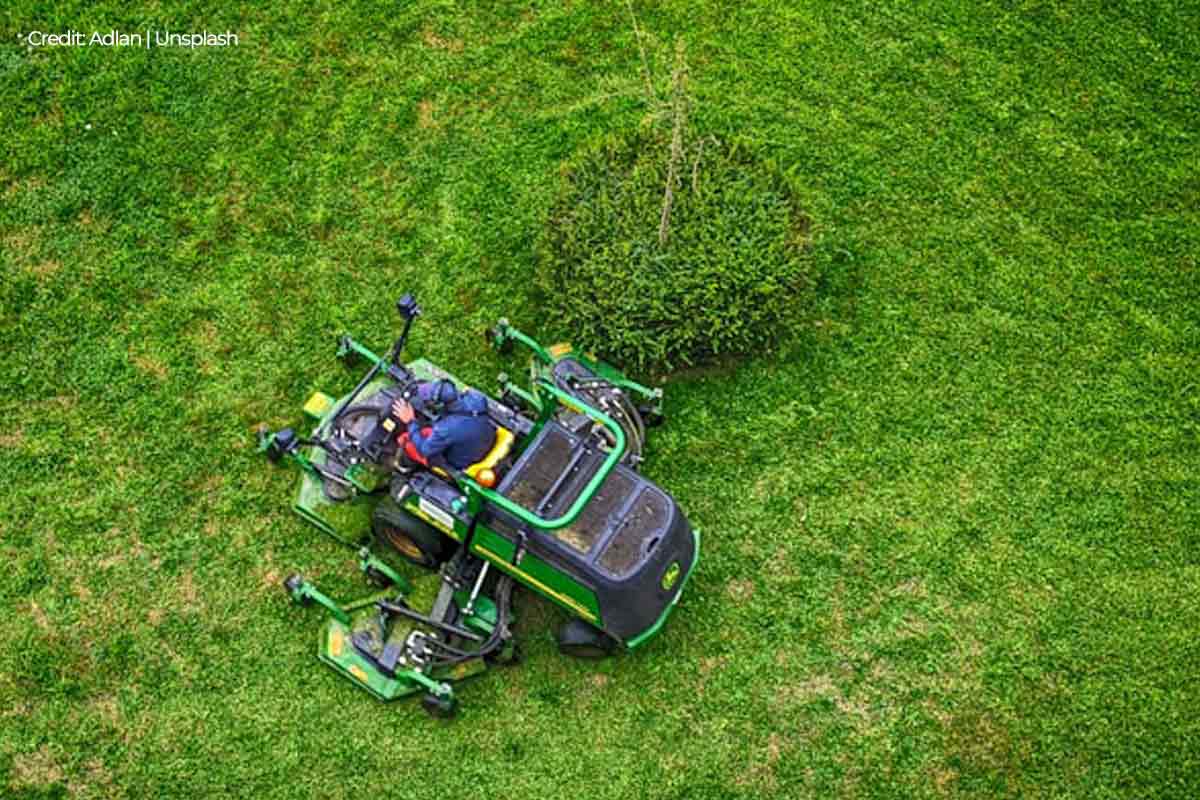
Reducing Carbon Emissions
Traditional lawn care often involves fuel-powered equipment like mowers, trimmers, and aerators, all of which contribute to carbon emissions. Switching to artificial grass significantly reduces the need for such machinery, according to Turf Doctor, a Saskatoon-based company.
With artificial grass, homeowners can enjoy a pristine lawn without emitting greenhouse gases. Over time, this shift can contribute to reducing the overall carbon footprint, aligning with global goals for mitigating climate change.
Longevity and Durability of Artificial Grass
Another eco-friendly benefit of artificial grass lies in its durability. High-quality artificial grass is designed to withstand harsh weather conditions, heavy foot traffic, and regular use, lasting for years without significant wear and tear.
This longevity reduces the need for frequent replacements, minimising waste and the environmental impact of production. Additionally, some manufacturers use recyclable materials in their products, further supporting sustainable practices.
Enhancing Urban Green Spaces
Urban areas often face challenges in maintaining green spaces due to limited water availability and high maintenance costs. Artificial grass provides an excellent alternative for creating durable and attractive landscapes in cities.
It can be used in parks, playgrounds, and rooftops, offering a soft, green surface that requires little upkeep. This versatility makes it an ideal choice for urban planning projects, contributing to greener, more sustainable cities.
Improving Soil and Erosion Control
In some cases, artificial grass can help with soil stability and erosion control. Its installation often involves a stable base layer that prevents soil erosion caused by heavy rainfall or wind. This feature is particularly useful in areas prone to environmental degradation or where natural grass struggles to grow.
By acting as a protective barrier, artificial grass helps preserve the integrity of the soil beneath, maintaining the health of the local ecosystem.
Creating Pet- and Family-Friendly Spaces
Artificial grass is not just eco-friendly; it is also practical for families and pet owners. Unlike natural grass, it does not develop mud patches or brown spots from pet use. It is also resistant to digging, making pet turf a durable option for households with active pets.
Additionally, the absence of chemical treatments means that artificial grass is safer for children and animals to play on, ensuring a healthier outdoor environment.
Versatility for Residential and Commercial Use
The versatility of artificial grass extends its eco-friendly benefits to various applications. Beyond traditional lawns, it can be used in innovative ways:
– Sports Fields
Artificial grass is a popular choice for sports fields, reducing the need for water and chemicals while providing a consistent playing surface.
– Landscaping
Homeowners can use artificial grass for landscaping projects, creating green areas that are both beautiful and sustainable.
– Event Spaces
Temporary installations of artificial grass for events minimise the environmental impact compared to using natural grass, which may suffer damage and require extensive maintenance.
Supporting Wildlife and Biodiversity
While artificial grass does not replace the ecological functions of natural grass entirely, it can coexist with landscaping that supports wildlife. Homeowners can incorporate native plants, shrubs, and flower beds around artificial lawns to create habitats for pollinators and other local species.
By combining artificial grass with natural elements, it is possible to create an aesthetically pleasing, low-maintenance environment that supports biodiversity.
Easy Maintenance and Long-Term Savings
One of the standout benefits of artificial grass is its low maintenance requirements. Traditional lawns demand regular mowing, fertilising, watering, and aerating, which consume time, energy, and resources. Artificial grass, on the other hand, requires minimal upkeep:
– No Mowing
Save time and reduce emissions by eliminating the need for lawnmowers.
– Simple Cleaning
Occasional rinsing and brushing keep artificial grass looking its best.
– Weed Control
A proper installation includes weed barriers, reducing the chance of unwanted growth.
Over time, these reduced maintenance needs translate into cost savings and a smaller environmental footprint.
—
Artificial grass offers an innovative solution to some of the most pressing environmental challenges of our time. By conserving water and eliminating the need for carbon-emitting equipment, it provides a practical and sustainable alternative to traditional lawns. Its versatility, durability, and low maintenance requirements also make it an appealing choice for homeowners, businesses, and urban planners alike.
While it may not completely replace natural grass in every application, artificial grass can play a significant role in promoting eco-friendly practices. By making the switch, individuals and communities can contribute to a greener, more sustainable future—one lawn at a time.
Artificial grass is an effective investment, and we at Lazy Lawn are here to help you make the most of if. We offer affordable synthetic turf to match your sense of aesthetics and boost your home’s curb appeal. Our team also provides installation services to ensure your turf is set up effectively and does its job. Give us a call now at (888) 622-5296 for artificial grass that looks great and helps you utilize your home spaces effectively.

